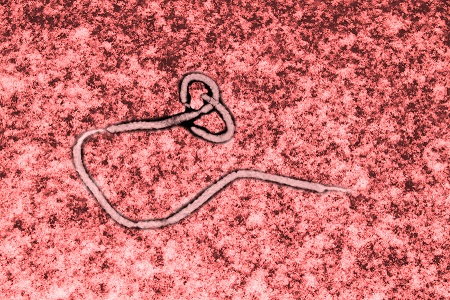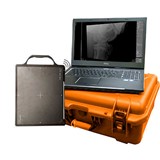The researchers reported that the probability of at least one infected person entering Australia by 1 July 2015 has reduced considerably over the past six weeks.
The epidemic models constructed for the paper 'Assessment of the risk of Ebola importation to Australia' use World Health Organization data from 17 October and 3 December 2014.
Led by Dr Robert Cope in the School of Mathematical Sciences at the University of Adelaide, the researchers constructed models of two scenarios. The first assumes the significant proportion of Ebola cases remain confined to Guinea, Liberia and Sierra Leone and assesses the risk that a person infected in West Africa returns to Australia; and the second assesses the risk that someone coming to Australia has been infected by a secondary outbreak in another country.
"Recent data suggests that the risk has diminished considerably as a consequence of reduced transmission in West Africa," said Dr Cope, Research Associate.
Visa policy
The Australian government on 27 October this year announced a policy of not granting any new visas and cancelling existing visas from affected countries. The assessment of the impact of this policy change found that it approximately halves the probability of importation before July. However, the largest reductions were seen as a consequence of reduced transmission in West Africa.
Based on data before the visa restrictions were introduced, the researchers calculated the risk of an Ebola case entering Australia from West Africa as 0.34. This reduced to 0.16 under the new visa restrictions.
"However, our models show that a 20 per cent decrease in infection rate in West Africa would reduce this risk to as low 0.03," said Dr Joshua Ross, senior author and ARC Future Fellow in the School of Mathematical Sciences.
"This shows the importance of controlling transmission within West Africa.
"With the widespread availability of a vaccine a few months away, determining the most effective ways to reduce transmission in these resource-constrained countries, in combination with foreign aid to facilitate education and implementation of such measures, is the key to lowering risk.
"It appears that such efforts are already paying off."
Dr Cope said: "Our models suggest that under current outbreak parameters, there remains a risk that a case will enter Australia within the next six months, and that the government and medical authorities should still be prepared to respond."










-160x160-state_article-rel-cat.png)


-160x160-state_article-rel-cat.png)



